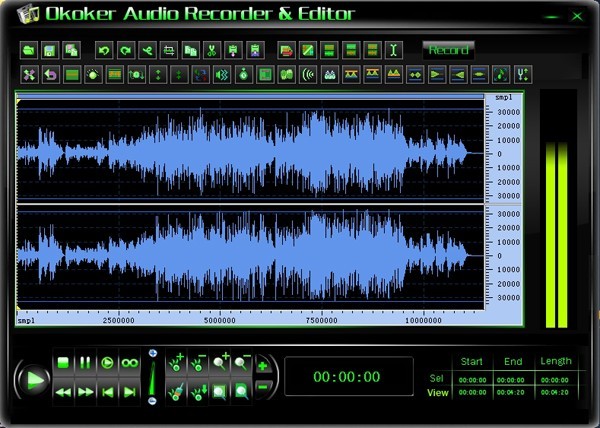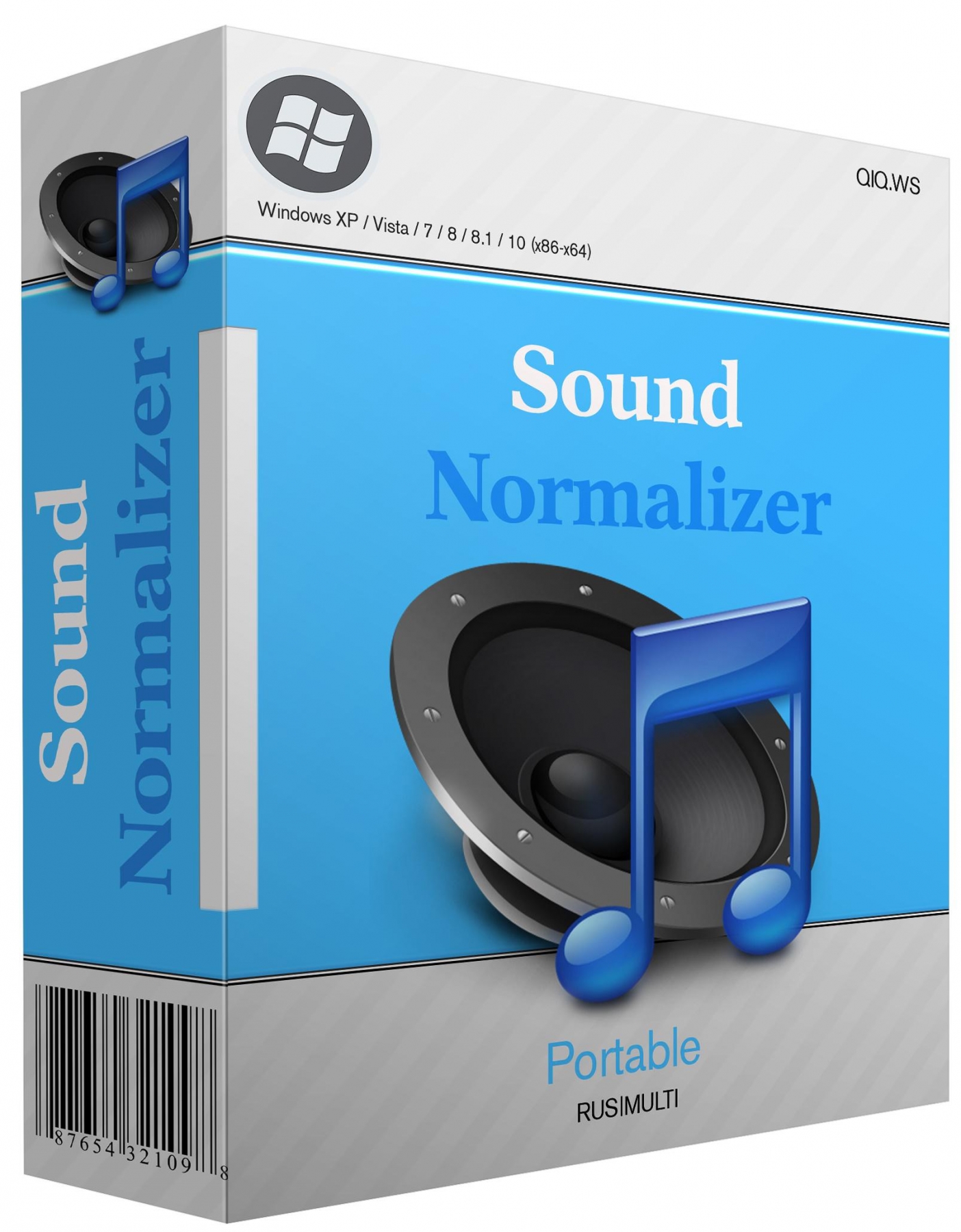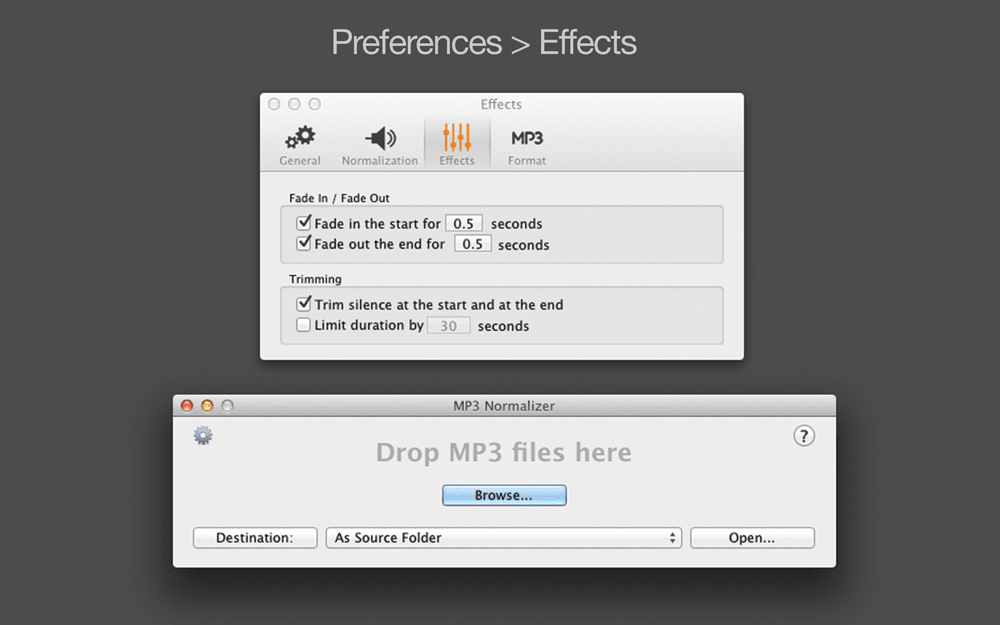

Place your cursor, anywhere on the waveform, using your index finger on the left edge of the mouse.In order to filter a sound file, the audio must be selected: You do this so that gaps between audio don’t resonate as much on the sound meter/audible playback. Every room, even soundproofed rooms, have a room tone.Ĭapturing that “noise” will remove that tone throughout the entire file. Noise Reduction – It is good practice when recording audio to allow a 10-20 second segment of silence.It also equalizes the waveform between left and right channels. Normalize – Sets the peak amplitude to a range that avoids clipping (jargon term for a volume peak that is too loud for the file).Compressor – Reduces the dynamic range of a recording which will increase the gain (jargon term for volume) to an ideal level throughout the recording.Under the pull down menu for Effect, select in this order, filter one at a time:

When I edit a podcast, the first thing I do is run several filters in sequence. Next to the speaker icon, (center), is the sound meter which displays the sound on playback measured in decibels.Spyglass + (Zoom in) Spyglass – (Zoom out).Selection tool (looks like an I with bar on top and bottom).Icons above the waveform to note, left to right:.Pull down menus we will be using: File, Edit, Tracks, Effect.It will “paint” the waveform, in blue, along the timeline.

File>Open>select recorded audio file to edit from folder on your computer.
#MP3 NORMALIZER FADE FOR PC INSTALL#
If you haven’t already, download and install Audacity.


 0 kommentar(er)
0 kommentar(er)
